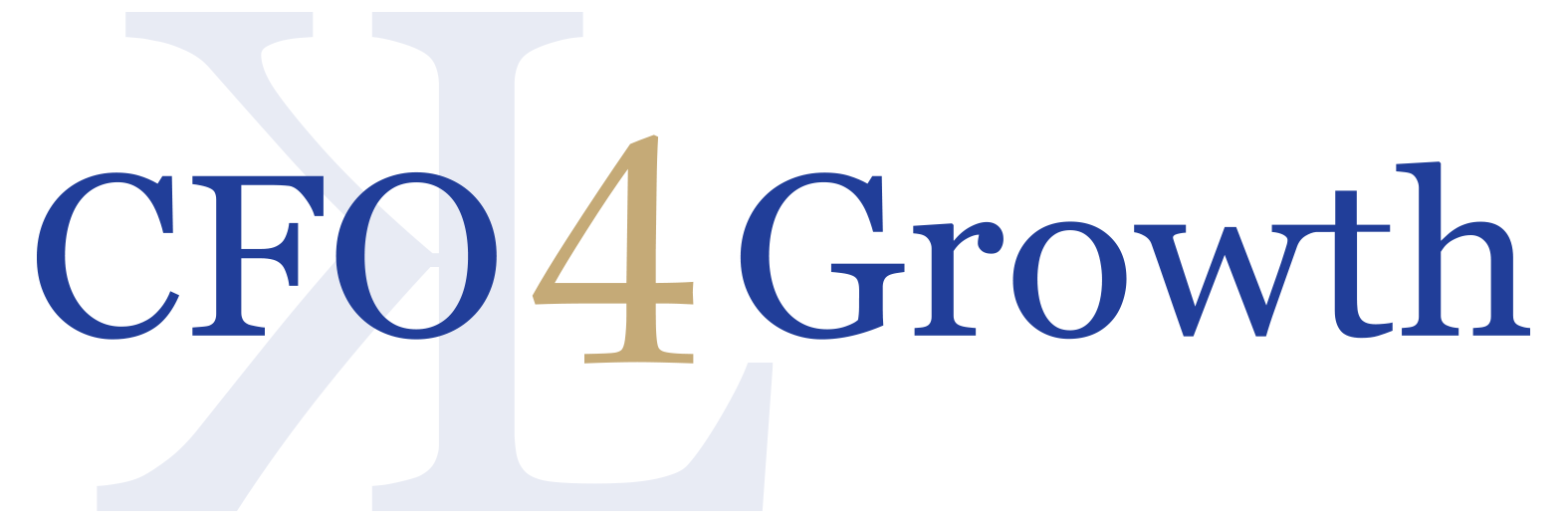Cash Flows: Don’t Forget The Balance Sheet!
Business owners naturally focus on P&L items when thinking about cash flows, however, the balance sheet can also be a significant source of cash!
Billing.
Most people think of Accounts Receivables and Days of Sales Outstanding DSO when it comesto cash flow management, however good cash flow from AR starts with billing. How often to you bill? Are you able to bill in advance, or are you able to bill on a timely basis if it is in arrears? Is billing simple or complicated? Is your billing accurate. Are there an expectations gaps between your billing and the customer? These are all factors that affect how quickly your customers will remit to you.
AR.
It is usually a good idea to establish a credit facility with a lending company which is most usually based on your Accounts Receivable(AR). The time to get one, is when you don’t need it. This helps you to convert to cash more quickly as you wait for your customers to pay. Then traditional AR management is to have a low DSO; to have your customers pay you on a timely basis. There are many factors that influence your DSO: your relationship and communication lines with your customer; your payment terms; and the timeliness and accuracy of your billing are all significant factors.Some industries lend themselves to obtaining customer deposits/progress payments which is ideal.
Inventory.
Ideally, you would have no inventory, and if it is necessary than you want to minimize so you don’t tie up cash unnecessarily. Ideally, you make/deliver to order, but that is not always possible. Inventory can also serve as collateral to help support your credit facility balance however lending institutions like to limit their exposure here. Purchase Order (PO) financing is an option for large investments in inventory that may be required.
Prepaids.
Many businesses have their cash tied up in prepaid expenses like insurance, maintenance contracts, subscriptions, etc. It is often advantageous to spread the payments over the year which can often be done without a finance charge.
Fixed Assets/PP&E.
Often better to lease than purchase depending on the cost and sophistication of the asset. Real Estate if often a good investment, but ideally it is best to take the plunge during recessionary periods. A lot of business owners have long standing Real Estate investments that have appreciated over time and can be a source of rainy day or security cash through mortgage financing.Accounts Payable (AP). Choosing who you partner with in delivering to your customers is very important. What is the quality of their work and how are they to work with?Relationships with your vendor/partners are often just as important as your customers. A key here is to have terms that are the same if not better than your customers.Some industries lend themselves to linking your Cost of Revenue AP to your customer AR so that you can pay when paid. This is very good for cash flow management, you just have to make sure you are effectively managing the relationships on both sides.
Conclusion.
Although a healthy P&L is extremely important, it is often the balance sheet and the supporting processes like billing and accounts payable that have the most significant impact on cash flows. A good business can be out of business quickly if the balance sheet is not managed effectively.
Also, always try and get a credit facility in place when you don’t need it, as it is often difficult to get one when you really need it! Having a credit facility serves as added security for unexpected “Black Swan” events like we are experiencing today.
Should your organization need guidance with cash flow improvement, please contact CFO4Growth, Ken@KLCO.com 781-956-4762

